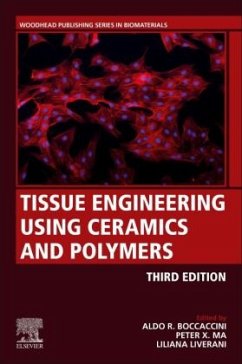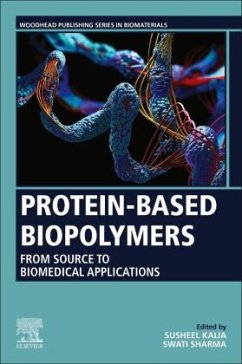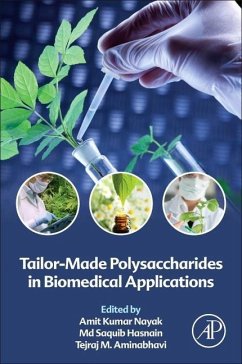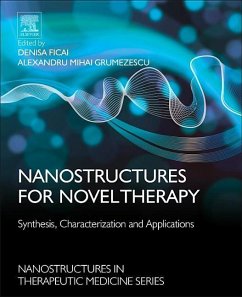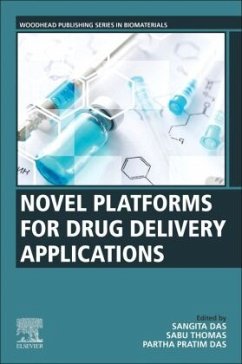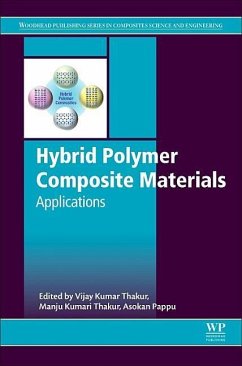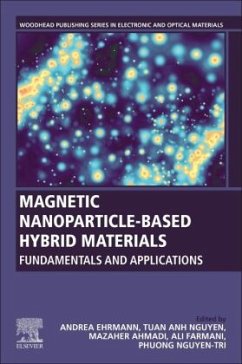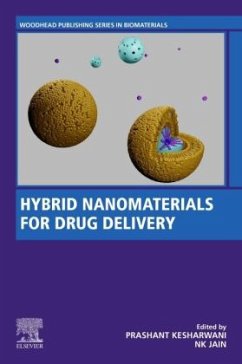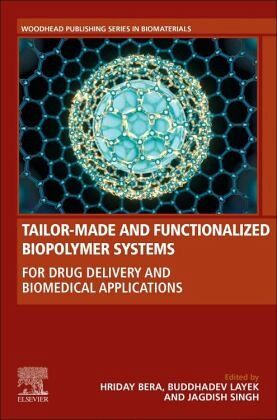
Tailor-Made and Functionalized Biopolymer Systems
For Drug Delivery and Biomedical Applications
Herausgegeben: Bera, Hriday; Layek, Buddhadev; Singh, Jagdish

PAYBACK Punkte
119 °P sammeln!
Tailor-Made and Functionalized Biopolymer Systems: For Drug Delivery and Biomedical Applications covers the design and application of these functionalized and tailor-made biopolymers and biopolymer systems intended for drug delivery and biomedical applications. Various concepts, design protocols and biomedical applications of tailor-made biopolymer systems are covered, guiding the reader from theoretical knowledge to practical application. Authored by an array of experts from global institutions, this book offers an interdisciplinary approach to how tailor-made biopolymers lead to novel drug d...
Tailor-Made and Functionalized Biopolymer Systems: For Drug Delivery and Biomedical Applications covers the design and application of these functionalized and tailor-made biopolymers and biopolymer systems intended for drug delivery and biomedical applications. Various concepts, design protocols and biomedical applications of tailor-made biopolymer systems are covered, guiding the reader from theoretical knowledge to practical application. Authored by an array of experts from global institutions, this book offers an interdisciplinary approach to how tailor-made biopolymers lead to novel drug delivery and treatment solutions. This will be a useful reference to a broad audience, including biomedical engineers, materials scientists, pharmacologists and chemists.




